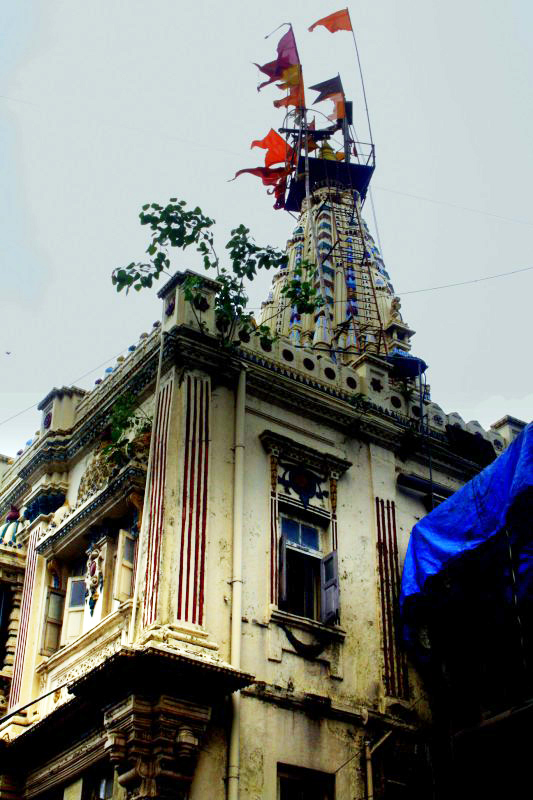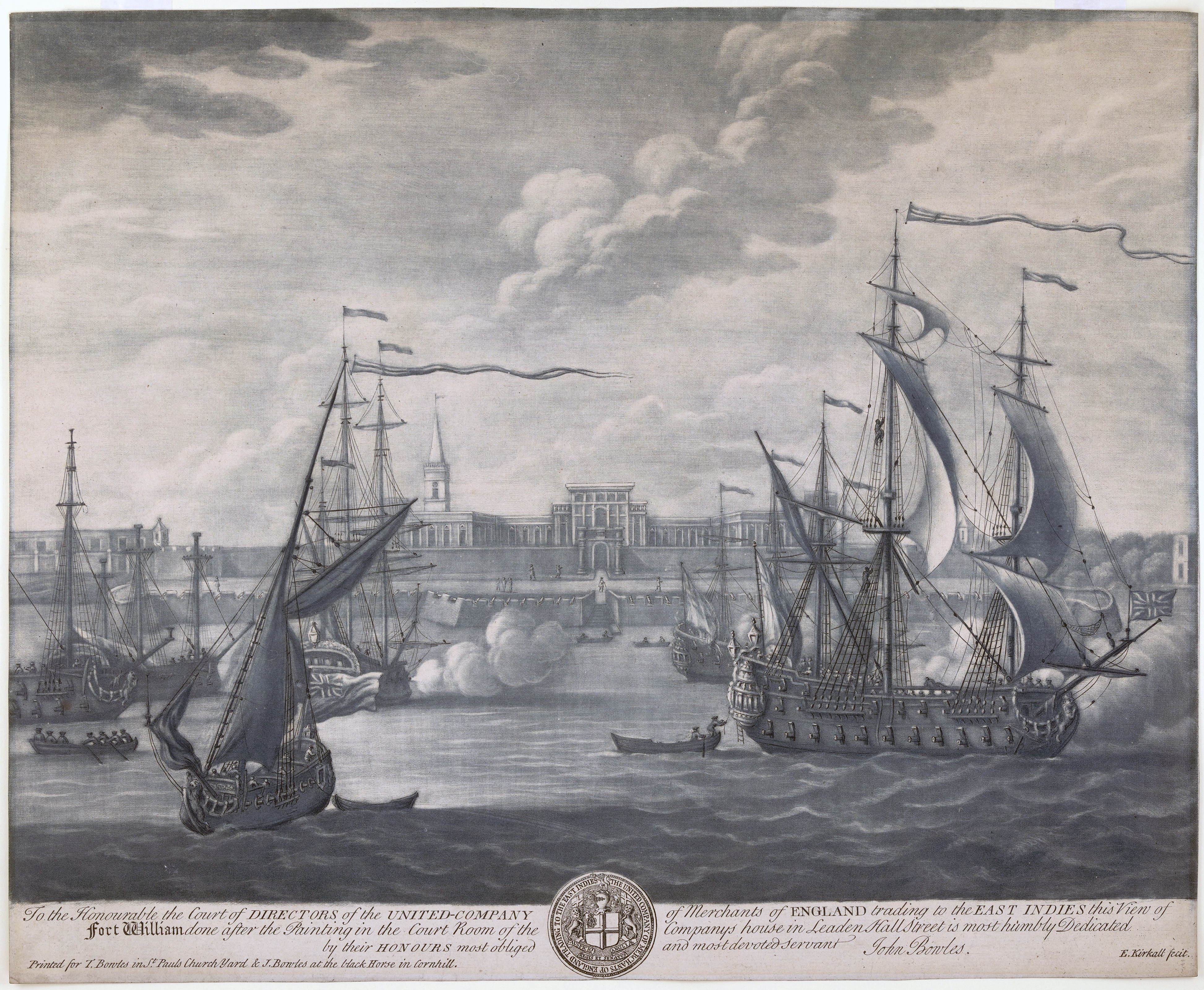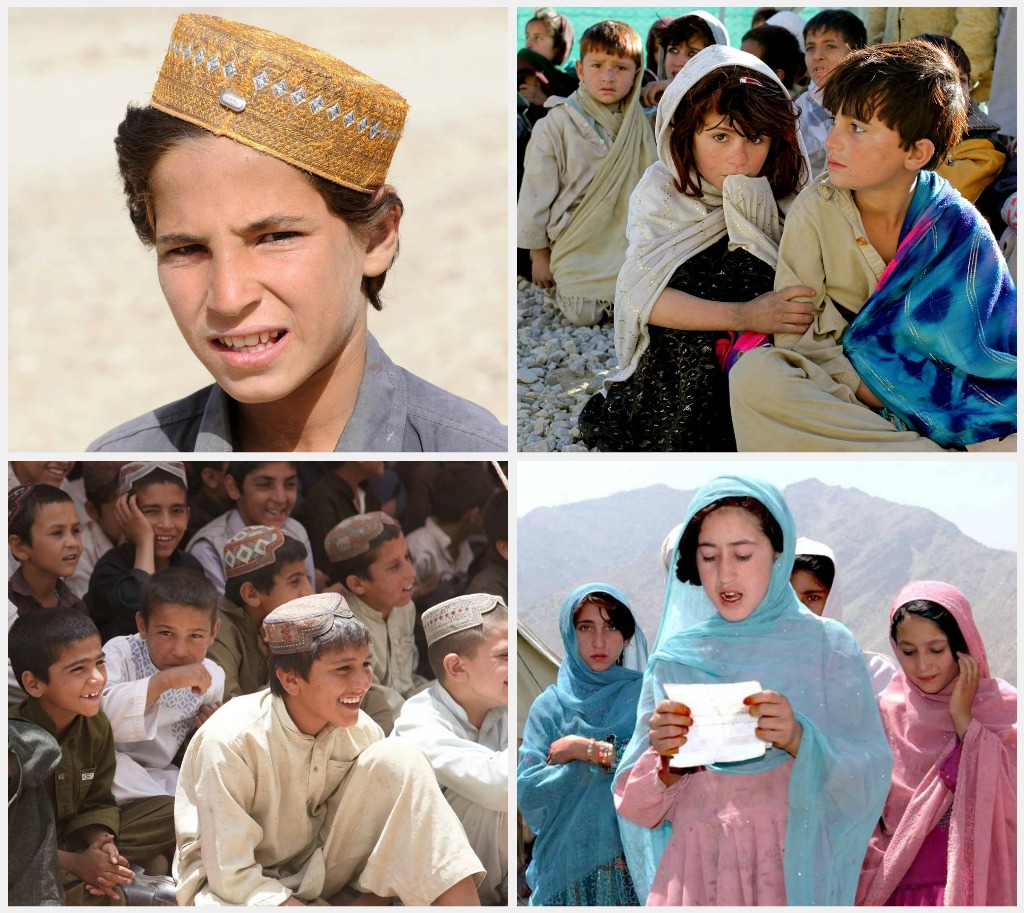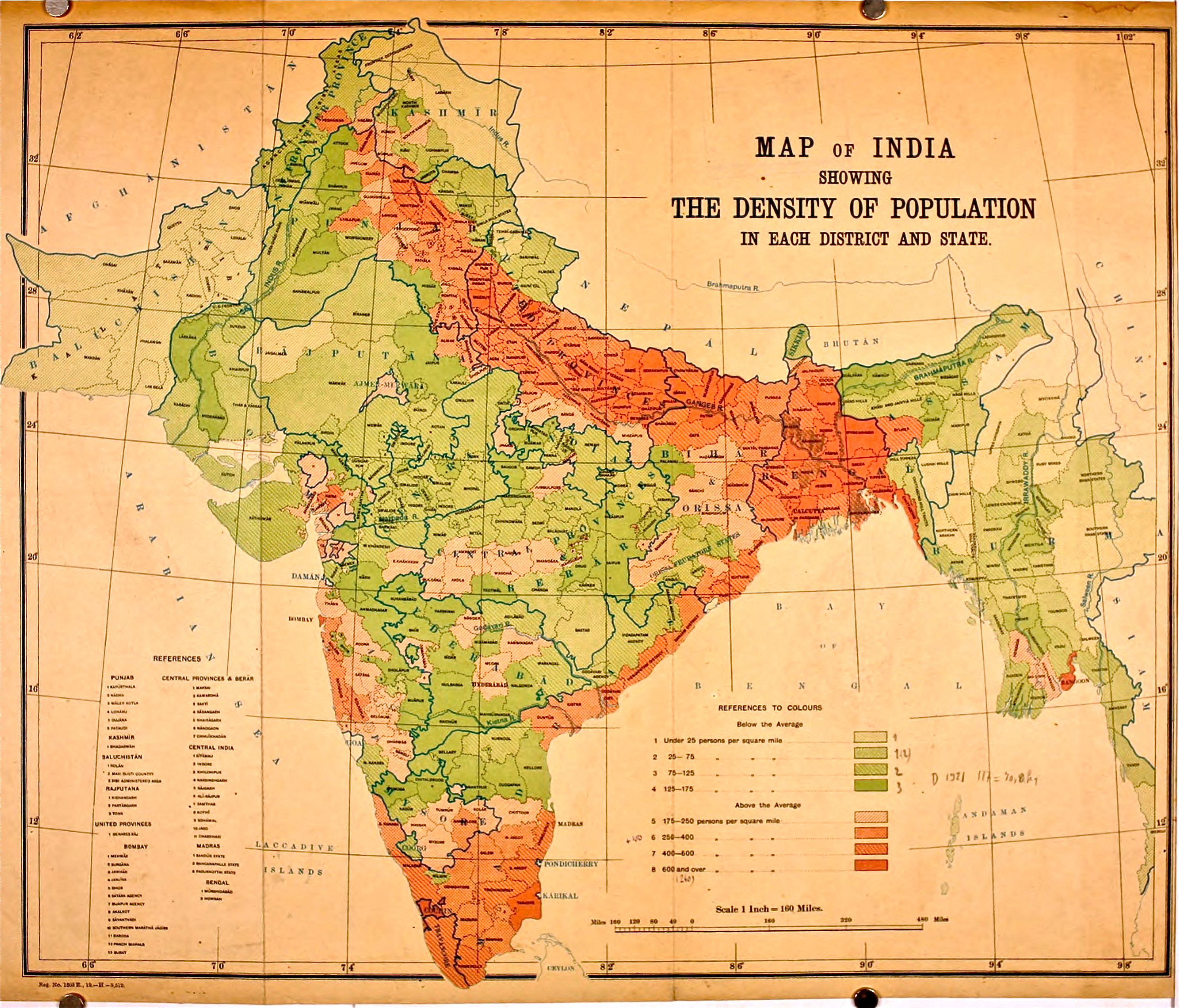|
Dr. Khan Sahib
Dr. Khan Sahib ( ps, ډاکټر خان صیب ) (born 1883, Utmanzai, Charsadda – 9 May 1958, Lahore), mistakenly named as Khan Abdul Jabbar Khan (), was a pioneer in the Indian Independence Movement and a Pakistani politician. He was the elder brother of the Pashtun activist Abdul Ghaffar Khan, both of whom opposition to the partition of India, opposed the partition of India. Upon independence, he pledged his allegiance to Pakistan and later served as the West Pakistan, Chief Minister of West Pakistan. As the List of Chief Ministers of Khyber Pakhtunkhwa, Chief Minister of the North-West Frontier Province, Dr Khan Sahib along with his brother Bacha Khan and the Khudai Khidmatgars boycotted the 1947 North-West Frontier Province referendum, July 1947 NWFP referendum about the province joining India or Pakistan after the partition of India, citing that the referendum did not have the options of the NWFP becoming Pashtunistan, independent or joining Afghanistan. Early life He w ... [...More Info...] [...Related Items...] OR: [Wikipedia] [Google] [Baidu] |
Iskander Mirza
Sahibzada Iskander Ali Mirza ( bn, ইস্কান্দার আলী মির্জা; ur, ; 13 November 1899 – 13 November 1969), , was a Bengalis in Pakistan, Pakistani Bengali general officer and civil servant who was the List of Presidents of Pakistan, first President of Pakistan. He was served in this capacity in 1956 until he was dismissed by his appointed Commander in Chief (Pakistan Army), army commander, General Ayub Khan (President of Pakistan), Ayub Khan, in 1958. Mirza was educated at the University of Mumbai, University of Bombay before attending the Royal Military College, Sandhurst, military college in Sandhurst in the United Kingdom. After a brief military service in the British Indian Army, he joined the Indian Political Service and spent the majority of his career as a Political officer (British Empire), political agent in the North-West Frontier Province (1901–55), Western region of British Indian Empire, British India until elevated as Cabinet ... [...More Info...] [...Related Items...] OR: [Wikipedia] [Google] [Baidu] |
Khan Abdul Bahram Khan
Khan Abdul Bahram Khan ( ur, خان عبدل بهرام خان) was the founder of major political family of Pakistan. Khan Abdul Bahram Khan's sons Khan Abdul Jabbar Khan (usually referred to as "''Dr. Khan Sahib''") and Abdul Ghaffar Khan (Bacha Khan) were political leaders in Pakistan. Abdul Bahram Khan was a land owner, farmer, and the chief of Pashtun tribe Mohammadzai in Charsadda, North-West Frontier Province, British India. Retrieved 27 June 2017 See also * Abdul Gh ...[...More Info...] [...Related Items...] OR: [Wikipedia] [Google] [Baidu] |
St Thomas' Hospital
St Thomas' Hospital is a large NHS teaching hospital in Central London, England. It is one of the institutions that compose the King's Health Partners, an academic health science centre. Administratively part of the Guy's and St Thomas' NHS Foundation Trust, together with Guy's Hospital, King's College Hospital, University Hospital Lewisham, and Queen Elizabeth Hospital, it provides the location of the King's College London GKT School of Medical Education. Originally located in Southwark, but based in Lambeth since 1871, the hospital has provided healthcare freely or under charitable auspices since the 12th century. It is one of London's most famous hospitals, associated with people such as Sir Astley Cooper, William Cheselden, Florence Nightingale, Alicia Lloyd Still, Linda Richards, Edmund Montgomery, Agnes Elizabeth Jones and Sir Harold Ridley. It is a prominent London landmark – largely due to its location on the opposite bank of the River Thames to the Houses ... [...More Info...] [...Related Items...] OR: [Wikipedia] [Google] [Baidu] |
Bombay
Mumbai (, ; also known as Bombay — the official name until 1995) is the capital city of the Indian state of Maharashtra and the '' de facto'' financial centre of India. According to the United Nations, as of 2018, Mumbai is the second-most populous city in India after Delhi and the eighth-most populous city in the world with a population of roughly 20 million (2 crore). As per the Indian government population census of 2011, Mumbai was the most populous city in India with an estimated city proper population of 12.5 million (1.25 crore) living under the Brihanmumbai Municipal Corporation. Mumbai is the centre of the Mumbai Metropolitan Region, the sixth most populous metropolitan area in the world with a population of over 23 million (2.3 crore). Mumbai lies on the Konkan coast on the west coast of India and has a deep natural harbour. In 2008, Mumbai was named an alpha world city. It has the highest number of millionaires and billionaires among al ... [...More Info...] [...Related Items...] OR: [Wikipedia] [Google] [Baidu] |
Grant Medical College
The Grant Government Medical College, Mumbai, is a public medical college, affiliated to the Maharashtra University of Health Sciences. Founded in 1845, it is one of the oldest institutions teaching medicine in South Asia. Its clinical affiliate is Sir Jamsetjee Jeejebhoy Group of Hospitals: a conglomerate of four hospitals in South Bombay including the Sir J. J. Hospital, St George Hospital, Gokuldas Tejpal Hospital, and Cama and Albless Hospital (women and children hospital). History Establishment of Grant Medical College The Bombay Presidency became part of the British possessions in India in 1818. In Western India there was a need for well-trained doctors as well as a general hospital for Indians . Under the guidance of Mountstuart Elphinstone attempts were made to offer Indians an opportunity to learn and practice Medicine along western lines. In 1826, a medical school was started with surgeon John McLennan as the superintendent of the Indian (native) medical ... [...More Info...] [...Related Items...] OR: [Wikipedia] [Google] [Baidu] |
British India
The provinces of India, earlier presidencies of British India and still earlier, presidency towns, were the administrative divisions of British governance on the Indian subcontinent. Collectively, they have been called British India. In one form or another, they existed between 1612 and 1947, conventionally divided into three historical periods: *Between 1612 and 1757 the East India Company set up factories (trading posts) in several locations, mostly in coastal India, with the consent of the Mughal emperors, Maratha Empire or local rulers. Its rivals were the merchant trading companies of Portugal, Denmark, the Netherlands, and France. By the mid-18th century, three ''presidency towns'': Madras, Bombay and Calcutta, had grown in size. *During the period of Company rule in India (1757–1858), the company gradually acquired sovereignty over large parts of India, now called "presidencies". However, it also increasingly came under British government oversight, in effect shar ... [...More Info...] [...Related Items...] OR: [Wikipedia] [Google] [Baidu] |
North-West Frontier Province (1901–55)
The North-West Frontier Province (NWFP; ps, شمال لویدیځ سرحدي ولایت, ) was a Chief Commissioner's Province of British India, established on 9 November 1901 from the north-western districts of the Punjab Province. Following the referendum in 1947 to join either Pakistan or India, the province voted hugely in favour of joining Pakistan and it acceded accordingly on 14th August, 1947. It was dissolved to form a unified province of West Pakistan in 1955 upon creation of One Unit Scheme and was re-established in 1970. It was known by this name until 19 April 2010, when it was redesignated as the province of Khyber Pakhtunkhwa following the passing of the Eighteenth Amendment to the Constitution of Pakistan by erstwhile President Asif Ali Zardari. The province covered an area of , including much of the current Khyber Pakhtunkhwa province but excluding the Federally Administered Tribal Areas and the former princely states of Amb, Chitral, Dir, Phulra an ... [...More Info...] [...Related Items...] OR: [Wikipedia] [Google] [Baidu] |
Pashtunistan
Pashtunistan ( ps, پښتونستان, lit=land of the Pashtuns) is a historical region in Central Asia and South Asia, inhabited by the indigenous Pashtun people of Afghanistan and western Pakistan. Wherein Pashtun culture, the Pashto language, and Pashtun identity have been based. Alternative names historically used for the region include Pashtūnkhwā (), Pakhtūnistān, or Pathānistān. Predominantly located on the Iranian Plateau, Pashtunistan borders the geographical regions of Turkestan to the north, Kashmir to the northeast, Punjab to the east, and Balochistan to the south. During British rule in India in 1893, Mortimer Durand drew the Durand Line, fixing the limits of the spheres of influence between the Emirate of Afghanistan and British India during the Great Game and leaving about half of historical Pashtun territory under British colonial rule; after the partition of India, the Durand Line now forms the internationally recognized border between Afghanistan ... [...More Info...] [...Related Items...] OR: [Wikipedia] [Google] [Baidu] |
Partition Of India
The Partition of British India in 1947 was the Partition (politics), change of political borders and the division of other assets that accompanied the dissolution of the British Raj in South Asia and the creation of two independent dominions: Dominion of India, India and Dominion of Pakistan, Pakistan. The Dominion of India is today the India, Republic of India, and the Dominion of Pakistan—which at the time comprised two regions lying on either side of India—is now the Pakistan, Islamic Republic of Pakistan and the Bangladesh, People's Republic of Bangladesh. The partition was outlined in the Indian Independence Act 1947. The change of political borders notably included the division of two provinces of British India, Bengal Presidency, Bengal and Punjab Province (British India), Punjab. The majority Muslim districts in these provinces were awarded to Pakistan and the majority non-Muslim to India. The other assets that were divided included the British Indian Army, ... [...More Info...] [...Related Items...] OR: [Wikipedia] [Google] [Baidu] |
1947 North-West Frontier Province Referendum
The North-West Frontier Province referendum ( ps, د شمال لویدیځ سرحدي ایالت ټولپوښتنه) was held in July 1947 to decide whether the North-West Frontier Province (NWFP) of British India would join the Dominion of India or Pakistan upon the Partition of India. The polling began on 6 July and the results were made public on 20 July. Out of the total population of 4 million in the NWFP, only 572,798 were eligible to vote, of whom only 51.00% voted in the referendum. 289,244 (99.02%) of the votes were cast in favor of Pakistan and only 2,874 (0.98%) in favor of India. The NWFP Chief Minister Khan Abdul Jabbar Khan (Dr. Khan Sahib), his brother Abdul Ghaffar Khan, and the Khudai Khidmatgars boycotted the referendum, citing that it did not have the options of the NWFP becoming independent or joining Afghanistan. Their appeal for boycott had an effect, as according to an estimate, the total turnout for the referendum was 15% lower than the total turnout in t ... [...More Info...] [...Related Items...] OR: [Wikipedia] [Google] [Baidu] |
Khudai Khidmatgar
Khudai Khidmatgar ( ps, خداۍ خدمتګار; literally "servants of God") was a predominantly Pashtun nonviolent resistance movement known for its activism against the British Raj in colonial India; it was based in the country's North-West Frontier Province (now in Khyber Pakhtunkhwa, Pakistan). Also called ''Surkh Posh'' or "Red Shirts" or "red-dressed", this was originally a social reform organisation focusing on education and the elimination of blood feuds; it was known as the ''Anjuman-e-Islah-e Afghania'' (society for the reformation of Afghans/Pashtoons). The movement was led by Abdul Ghaffar Khan, known locally as Bacha Khan, Badshah Khan, or Sarhadi Gandhi."Red Shirt Movement".(2008) ''Encyclopædia Britannica''. Retrieved 14 September 2008, from Encyclopædia Britannica Online: ww.britannica.com/EBchecked/topic/494519/Red-Shirt-Movement/ref> It gradually became more political as its members were being targeted by the British Raj. By 1929 its leadership was exile ... [...More Info...] [...Related Items...] OR: [Wikipedia] [Google] [Baidu] |
Opposition To The Partition Of India
Opposition to the partition of India was widespread in British India in the 20th century and it continues to remain a talking point in South Asian politics. Those who opposed it often adhered to the doctrine of composite nationalism. The Hindu, Christian, Anglo-Indian, Parsi and Sikh communities were largely opposed to the partition of India (and its underlying two-nation theory), as were many Muslims (these were represented by the All India Azad Muslim Conference). Pashtun politician and Indian independence activist Khan Abdul Ghaffar Khan of the Khudai Khidmatgar viewed the proposal to partition India as un-Islamic and contradicting a common history in which Muslims considered India as their homeland for over a millennium. Mahatma Gandhi opined that "Hindus and Muslims were sons of the same soil of India; they were brothers who therefore must strive to keep India free and united." Sunni Muslims of the Deobandi school of thought "criticized the idea of Pakistan as being the ... [...More Info...] [...Related Items...] OR: [Wikipedia] [Google] [Baidu] |
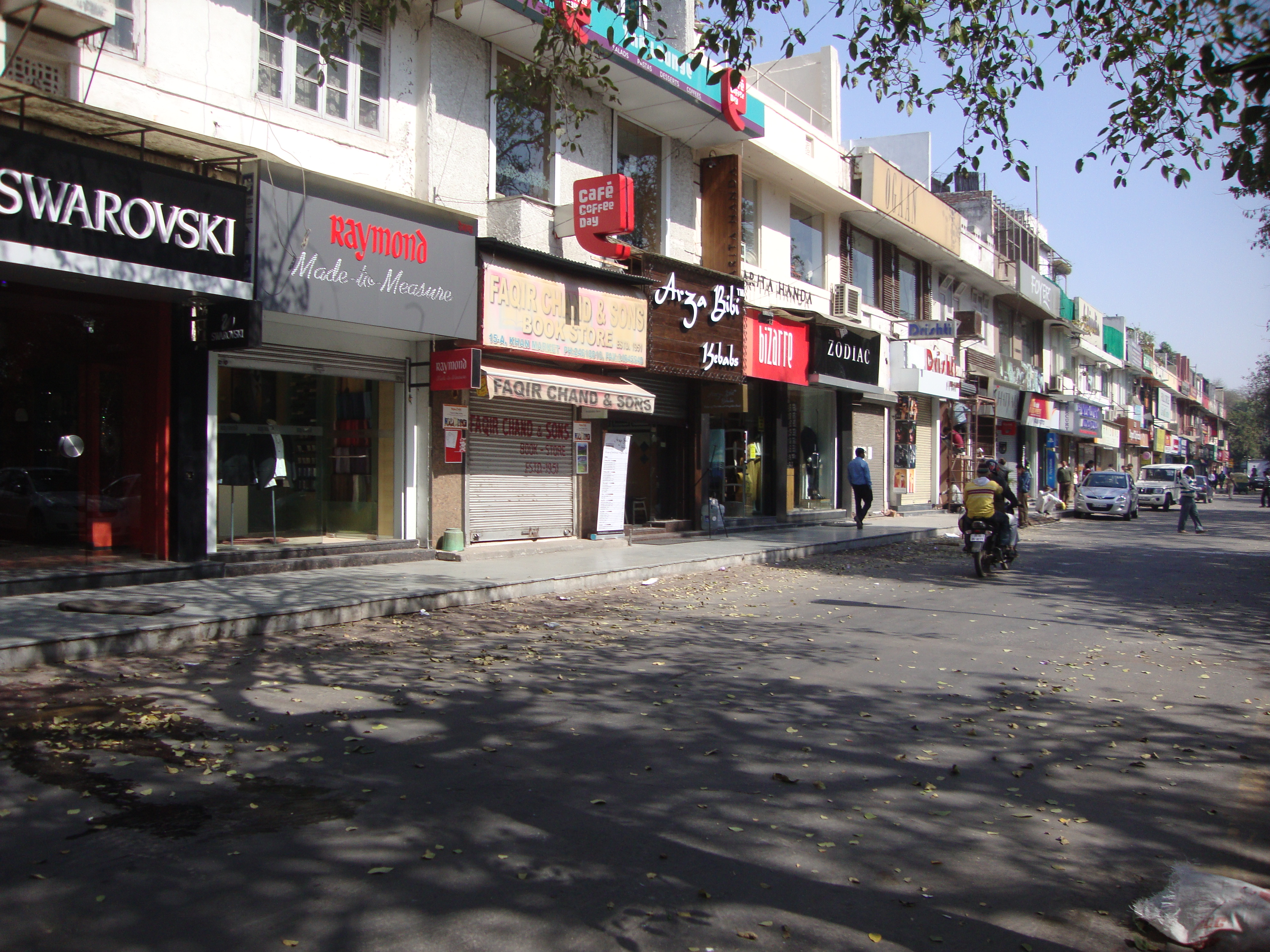
_-_ribbon_bar.gif)

